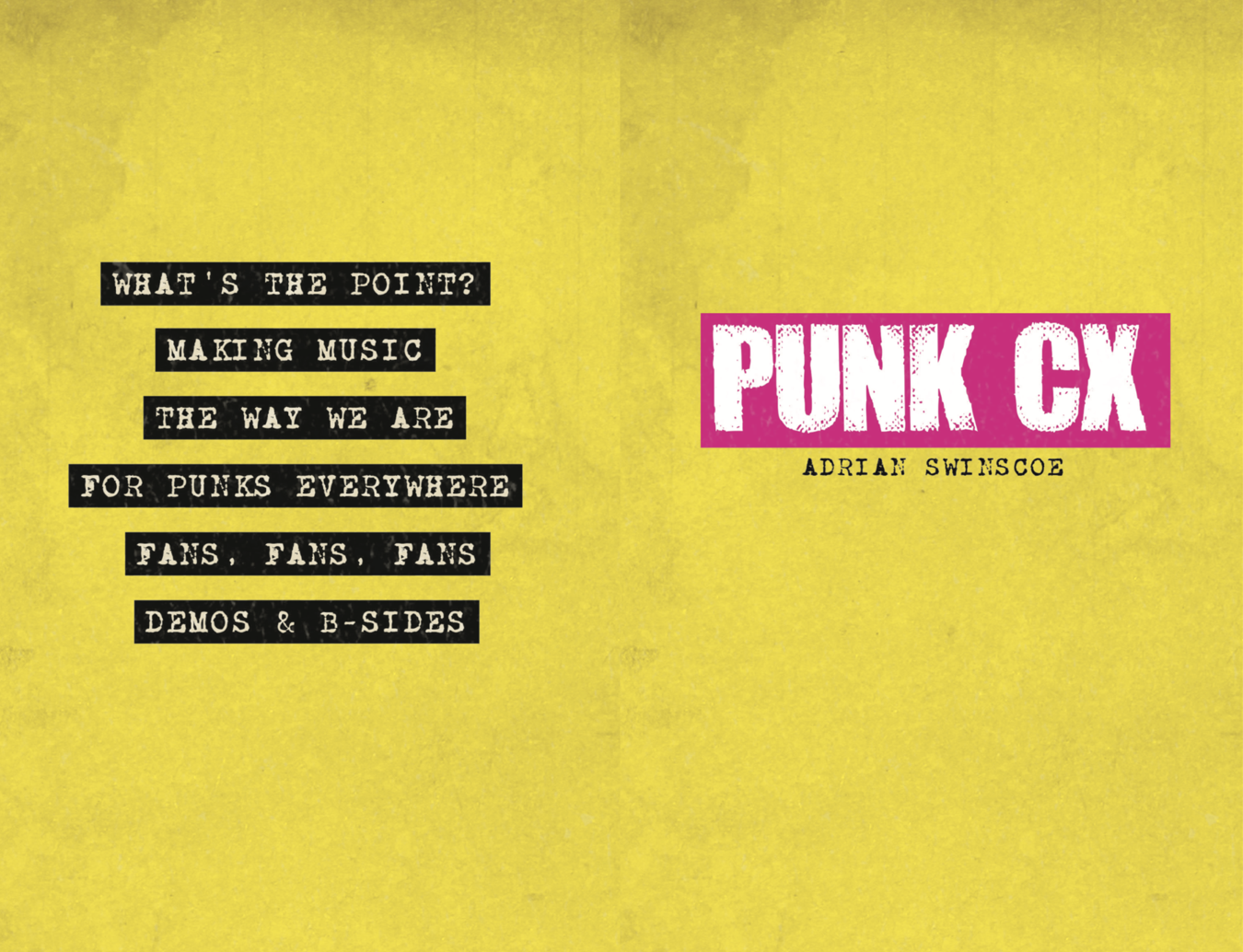
The removal of friction represents a huge opportunity for customer experience – Interview with Roger Dooley
May 17, 2019
C+/B- is the grade the customer experience industry currently deserves – Interview with Bruce Temkin
June 8, 2019Back in December 2017 I was sat with a friend of mine, Oisin Lunny, in the Basketmakers pub in Brighton.
After 2-3 pints of Guinness, I started on a bit of a rant about the state of customer experience (CX) and what we needed was for someone to do something more ‘punk’ if they really wanted to stand out and lead their fields.
That idea sat with me for a good six months.
However, in the summer of 2018, the idea popped back into my head again and I started to think more deeply about what punk is and what a punk version of CX would look like.
As I thought about it more and more, what struck me was the idea that there was something that could be learned from the evolution of rock music genres and the emergence of punk rock in the 1970s.
Prog rock as a musical genre, emerged in the late 1960s and 1970s in the UK and the USA. Now, whilst it was popular it was also often accused of being overly technical, too elaborate, complicated, more focused on itself rather than the audience and often in danger of disappearing up it’s own a***.
I think that the customer service and experience space is starting to exhibit some of the same characteristics as prog rock did in the 1970s…..namely it’s becoming overly technical, benchmarked, frameworked, measured, codified, certified, specialised and functionalised etc etc.
In fact, it could also be accused of being in danger of disappearing up it’s own a*** too.
And, that’s not just me saying that.
Check out what Dennis Fois, CEO of NewVoiceMedia, said when asked the question: ‘If you could change one thing about the tech industry, what would it be?’
“I’d make it less self-absorbed. It’s a bit narcissistic. We’re should not forget that we’re not doing this for ourselves: ‘Look at us! We have the greatest technology!’
We’re doing this for others – we’re helping our customers help their customers, or we’re doing this for our agents. I think that we, as an industry, very often lose sight of that. I’d love it if the self-congratulatory attitude was toned down a little bit. I’d love it if we were more subservient and more graceful about the societal purpose that we, as technology companies, serve.”
However, if we go back to the musical genre analogy, what happened next is the really interesting bit: Punk exploded out of the back of prog rock with it’s democratic, diy, back to basics and all heart and energy approach that inspired both a cultural and musical movement and a mindset. It dared to be different and was OK with the fact that not everyone liked that.
So, that got me to thinking.
What would a punk rock version of CX look and feel like?
That is what my new book is about.
But, in keeping with punk it is not a traditional book. It does not contain 50,000 words and another framework aimed at solving all of your problems.
It is short, to the point, full of ideas, possibly a bit shouty and profane in places (sorry Mum), heavy on design and many folks may not like it.
And, that’s ok 🙂
It is designed to inspire, annoy, make people think and encourage them to be braver in their thinking and doing.
So….
Do grab a copy. It’s available here: Paperback (https://www.amazon.co.uk/gp/product/1095272012/) and on the Kindle store (https://www.amazon.co.uk/gp/product/B07RYXS5YN/).
If you are outside the UK then you can find it by searching for Punk CX on Amazon’s .com .de .fr. .es .it and .jp sites.
Do let me know what you think of it when you receive it (You can do that by replying directly to this email).
Do share the love and put a review on Amazon
Do share the news about the book with your friends and colleagues.
Do let me know if you like it that much that you would like to chat about a bulk order or a workshop (Again, you can reply directly to this email or email me directly at adrian@adrianswinscoe.com).
But, finally,…
Do stay tuned.
As I have mentioned here before and repeat in the book, whilst the book is meant to be part fanzine and part manifesto……it is also an invitation…… an invitation to become more punk in our thinking about how we approach and deliver a better and stand-out customer experience.
After all, isn’t that what we are all wanting to achieve?




